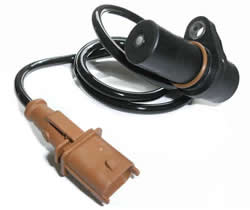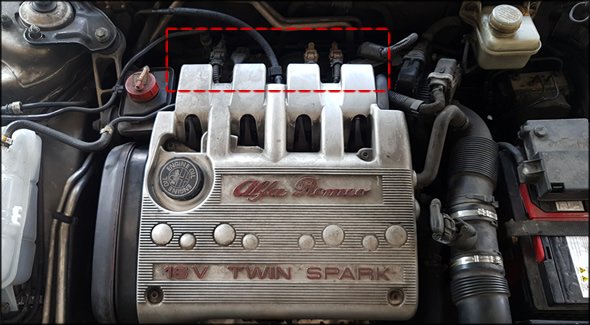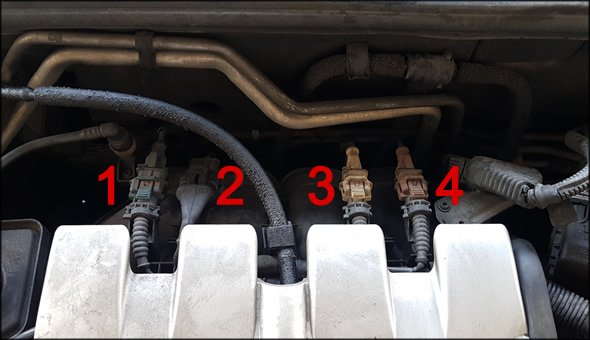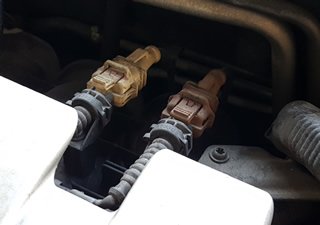You may or may not come across this unfortunate incident when driving along the highway, your car stalls for no apparent reason and you’re forced to pull alongside the road.
You lift your bonnet up and see nothing wrong inside – the engine is normally warm, the dipstick shows an adequate amount of engine oil, and the radiator coolant reservoir isn’t empty.
In fact, there is no indication on the dashboard to suggest that anything is wrong. You try starting the car but the engine just cranks without starting up, suggesting the battery is still fine.
I found myself in such an incident twice, once during the day when it was hot and sunny, and the second time during the night when it was cool and breezy. So, what gives?

During the second time when it happened, I called for a tow truck, and whilst waiting for the tow truck to arrive.
During this wait, I tried starting the car, but failed to get any ignition. I tried starting the car again after about 20 minutes of waiting, and surprisingly, the car started again.
The first warning that appeared on the dashboard was Motor Control System Failure. I then knew that this was a fault for the examiner to determine.
I drove the car home slowly without any problems. Slowly, because I had noticed that on both occasions, the car had been driven hard (quick acceleration and abrupt brakes) before it stalled.
The following day, I drove the car to my regular mechanic who hooked up the examiner to the car for a diagnosis.
The results from the examiner showed that the RPM sensor (also known as the TDC sensor or crankshaft sensor) had failed, and when it happened, the engine temperature recorded was 101 degrees Celsius.
The normal temperature of this car when running is about 90 degrees Celsius, and it is normal for it to reach this higher temperature when it has been driven hard. However, it is not normal for the RPM sensor to fail at this temperature.


The sensors in the photo above (from left to right) are:
- cam sensor
- lambda sensor
- knocking sensor
- RPM sensor (or TDC/crankshaft sensor)

I replaced the RPM sensor with a new OEM one, as I was not able to obtain an original one at that time. The OEM sensor was also cheaper and was a quick fix.
I have not encountered any problem since, and if you were to come across a similar incidence as I have described above (Motor Control System Failure warning, car stalling whilst on the move etc.), it is quite possible that the cause of the problem is the RPM sensor.
A quick check with the examiner at your mechanic would be the best way to determine and confirm the cause of the fault.
NOTE: On the second time when I had managed to successfully start the car, the odometer on the dashboard was also blinking, which could suggest a problem with the CANBUS. Subsequent restarts however did not result in the odometer flashing.

I have the same problem to this motor system failure to my alfa romeo 156, i don’t know yet what to do, should i change also the rpm sensor with a new one
The rpm sensor is just one of the probable causes for the motor control system failure. It is best if you can get your regular mechanic to plug in the examiner (or find one who can) and run a test and check the data records for the item responsible for this failure. This is to avoid unnecessary costs and repairs, although it can likely be the rpm sensor at fault as reported by most AR owners encountering this same issue.